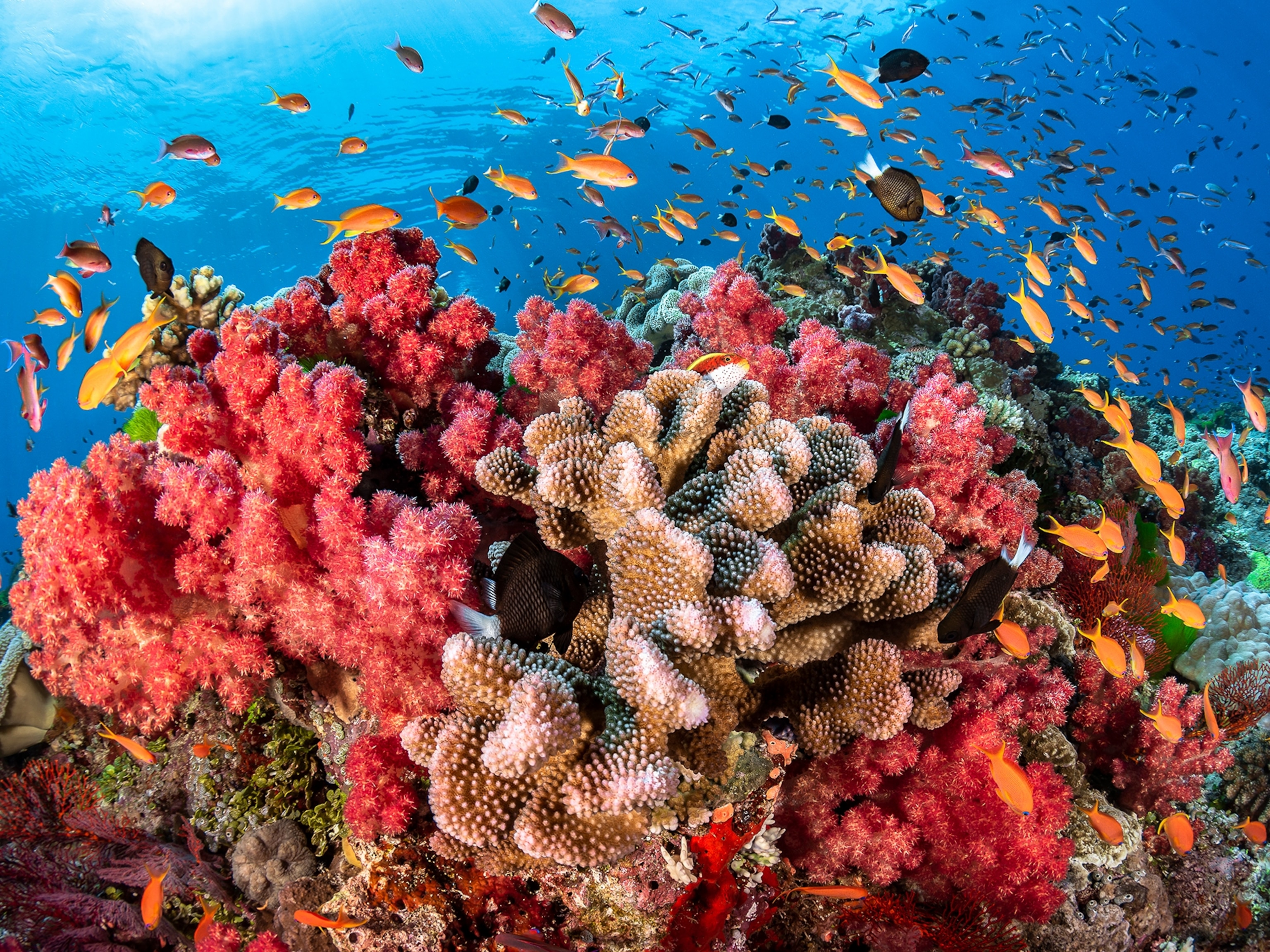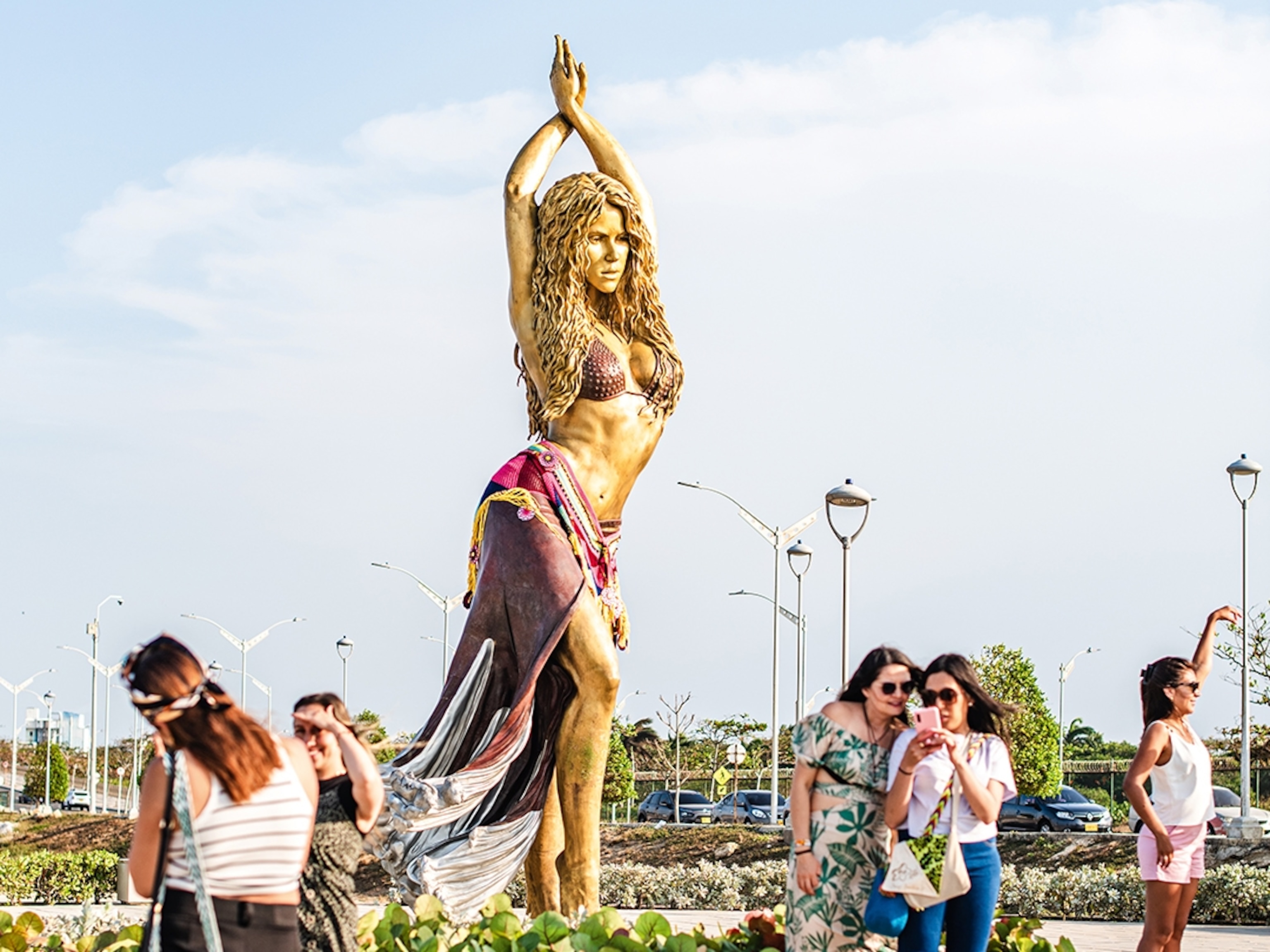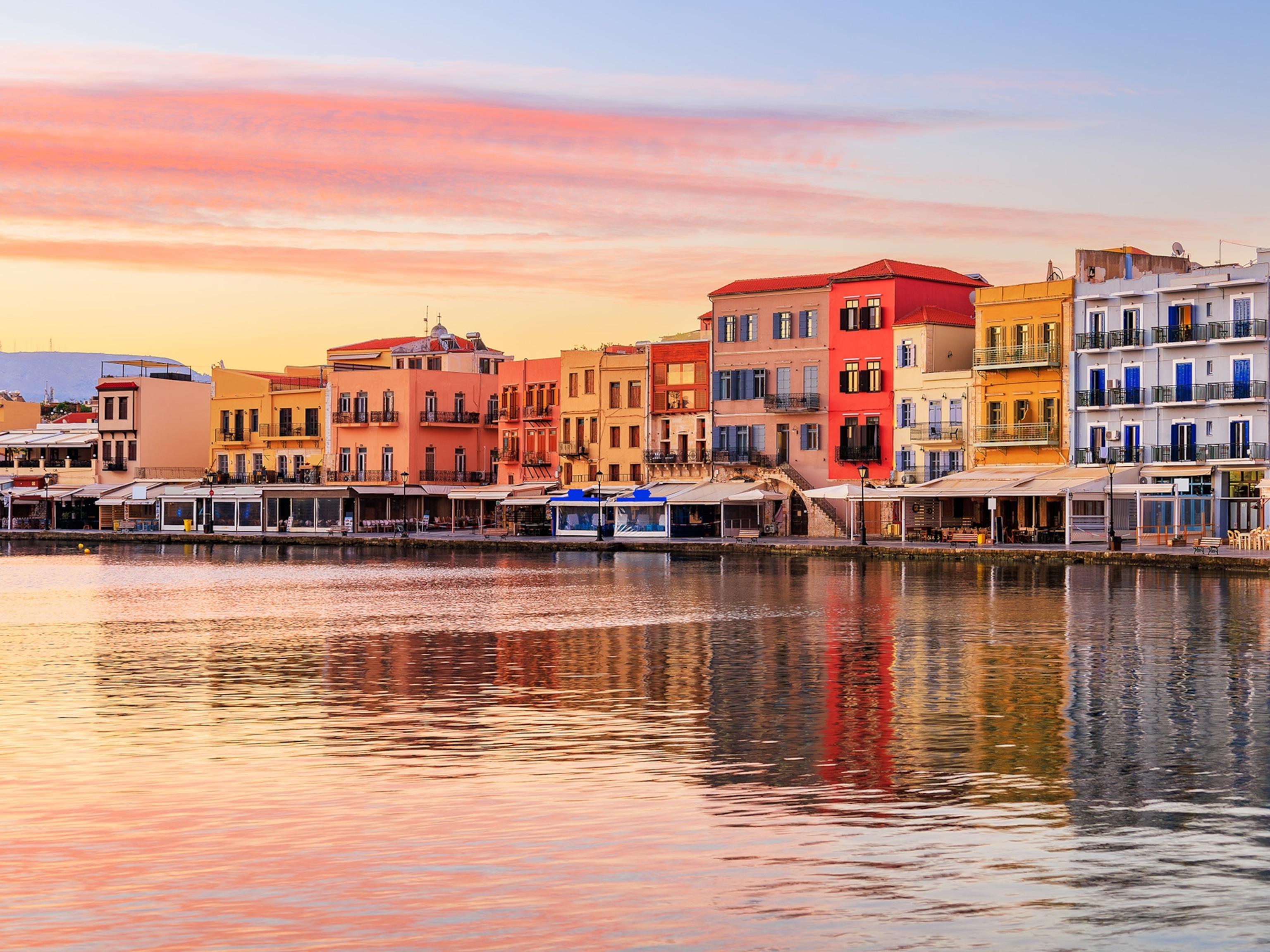
Will a Banana With an Edible Peel Change the World?
Probably not. But Japanese consumers are eating them anyway.
Japanese researchers made a botanical announcement on Monday that quickly circled the world. They had developed a banana with an edible peel, allowing Japanese consumers to eat an entire banana—skin and all—the way they would an apple or a peach.
Scientists at D&T Farm in the country's Okayama Prefecture released the social media-ready news following months of experimenting with a freezing-and-thawing method, which keeps the banana tree at extremely cold temperatures (-76 degrees F) followed by a dramatic heat increase (to 80 degrees F). The result is soft and thin skin that hasn't fully developed.
The method mimics plant growth during ice ages or other long freezes. Cold temperatures slow plants' metabolism; a sudden burst of sun and heat tends to lead to dramatic growth. In the banana's case, the fruit—which holds the seed—matures before the skin can catch up.
So far, the edible-peel banana is little more than designer fruit. Researchers develop the fruit in weekly batches of 10, and sell them at a single market in Okayama for nearly $6 apiece. There's also the question of whether a banana peel is actually worth eating (nutrient verdict: mixed) and whether inedible banana peels had, rather suddenly, become too big of a nuisance for people who slip on them to bear anymore.
And what about shipping? For most of the fruit's history, the peel has provided protection, allowing it to travel long distances from the tropics, where it's grown, to nearly every country on Earth. A softer, more bruise-prone banana would be a step back from hardy banana varieties that travel thousands of miles.
But bananas in the news is arguably good, particularly for a fruit that rarely receives its share of attention proportional to its role in the global diet. Bananas are the most consumed fruit in Japan, and also in the U.S. The world's primary variety—the Cavendish—is also at extreme risk from the fast-moving Panama disease that kills a banana tree by suffocation and has already ravaged several continents.
So even if edible-peel bananas don't ensure plentiful bananas, or even necessarily nutritious bananas, for all, they still look great on Instagram. Which probably ensures them a future in Japan's famous luxury fruit markets. So long as square watermelons and tattooed apples can make shelf space.





